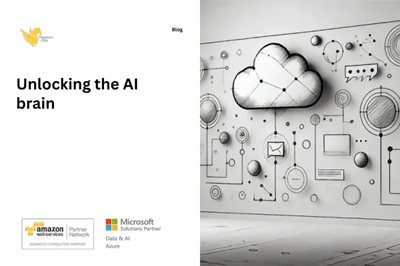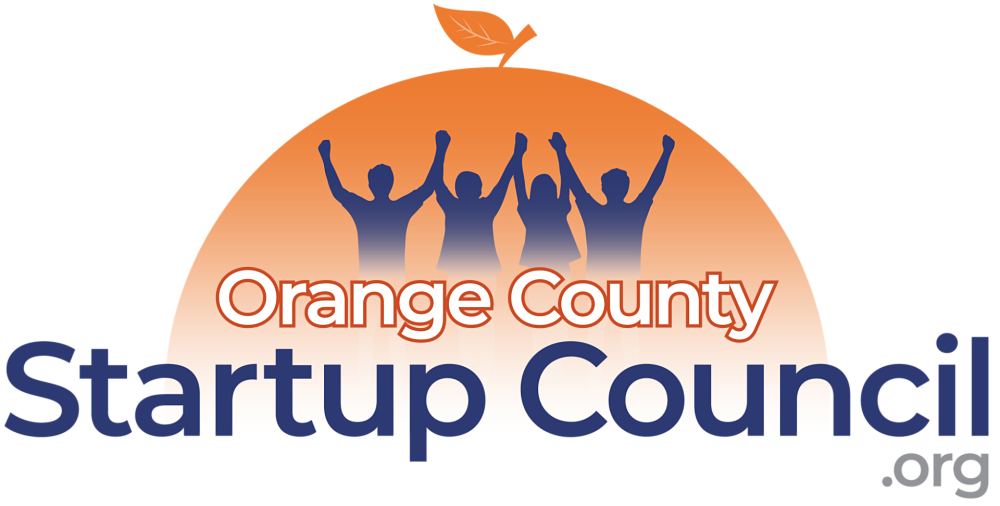Dive into AI with Persona-Based Techniques
Thanks to our Sponsor Pegasus One for this thought leadership article outlining best practices for startup software products:
Unlocking the AI Brain: A Dive into Persona-Based Prompt Engineering

In the evolving landscape of artificial intelligence, understanding how to effectively communicate with AI models has become as crucial as the technology itself.
This comprehensive guide explores the fascinating concept of the “AI brain” and how different personas can be activated through strategic prompting techniques.
The Multi-Faceted AI Brain
Just as human cognition involves various mental processes, AI systems can be approached through different “cognitive lenses” or personas. These personas aren’t hardwired compartments but rather different modes of operation that can be activated through careful prompt engineering.
Core Cognitive Domains
1. The Analytical Engine
Logical reasoning and problem-solving capabilities
Mathematical and statistical processing
System-level thinking and pattern recognition
2. The Creative Architect
Imaginative and innovative thinking
Abstract concept generation
Artistic and design-oriented processing
3. The Language Processor
Natural language understanding
Context interpretation
Linguistic nuance processing
Practical Persona Examples
1. The Research Scholar
Initial Prompt: “Tell me about quantum computing.”
Enhanced Prompt: “As a quantum physics professor with expertise in both theoretical and practical applications, explain quantum computing to a graduate-level computer science student. Focus on the intersection of quantum mechanics and computational theory.”
2. The Business Strategist
Initial Prompt: “How can I improve my business?”
Enhanced Prompt: “Taking on the role of a McKinsey senior consultant with 15 years of experience in digital transformation, analyze the key areas of business optimization, considering modern market dynamics and digital integration opportunities.”
3. The Technical Architect
Initial Prompt: “Write code for a website.”
Enhanced Prompt: “As a senior full-stack developer with strong expertise in scalable architecture, create a modern web application structure. Consider microservices architecture, RESTful API design, and front-end state management.”
Advanced Persona Combinations
Complex Multi-Role Scenarios
1. Product Launch Persona Matrix
“Orchestrate a product launch by synthesizing these roles:
R&D Scientist (technical feasibility)
UX Researcher (user testing insights)
Market Analyst (competitive positioning)
Risk Manager (compliance assessment)
Brand Strategist (messaging alignment)
Ensure each perspective builds upon the previous insights while maintaining cohesive output.”
2. Content Ecosystem Developer
“Create a comprehensive content strategy by combining:
Data Scientist (audience behavior analysis)
Anthropologist (cultural trend interpretation)
SEO Specialist (search intent mapping)
Behavioral Psychologist (engagement patterns)
Content Strategist (narrative architecture)
Growth Hacker (distribution optimization)”
3. Innovation Framework Architect
“Design a breakthrough solution by leveraging:
Systems Theorist (framework development)
Design Thinking Expert (human-centered approach)
Technology Futurist (emerging tech integration)
Sustainability Consultant (environmental impact)
Economic Analyst (market viability)
Change Management Specialist (implementation strategy)”
Activating Different Cognitive Modes
The Technical Approach
When engaging with AI systems, consider these key activation strategies:
1. Context Priming
Instead of: “Write a story”
Try: “As a creative writing instructor with 20 years of experience, craft a story that…”
2. Role-Based Activation
Define specific expertise levels
Establish clear cognitive frameworks
Set operational parameters
3. Mental Model Mapping
Align prompts with desired thinking patterns
Structure inputs for specific cognitive outputs
Layer complexity progressively
Real-World Activation Examples
Example 1: Content Creation Pipeline
Step 1 (Research Mode):
“As a data analyst, examine the following market trends…”
Step 2 (Creative Mode):
“Now, as a creative director, transform these insights into compelling storytelling angles…”
Step 3 (Technical Mode):
“Finally, as an SEO specialist, optimize this content for search engines while maintaining narrative flow…”
Example 2: Problem-Solving Sequence
Initial Analysis (Diagnostic Mode):
“As a systems analyst, identify potential bottlenecks in this process…”
Solution Design (Innovation Mode):
“Taking on the role of an innovation consultant, generate three unique approaches to address these bottlenecks…”
Implementation Planning (Project Manager Mode):
“As a senior project manager, create a phased implementation plan for the chosen solution…”
Advanced Activation Techniques
1. The Chain-of-Thought Method
Before:
“Design a marketing campaign for a new smartphone.”
After:
“Let’s approach this step-by-step:
First, as a market research analyst, analyze current smartphone market trends
Then, as a consumer psychologist, identify key user pain points
Next, as a creative director, develop core messaging concepts
Finally, as a media strategist, plan channel distribution”
2. Persona Stacking Examples
Simple Stack:
“Combine the precision of a data scientist with the storytelling ability of a journalist to explain these statistics to our audience.”
Complex Stack:
“Approach this product launch as:
A technical architect (for feature validation)
A UX designer (for user journey mapping)
A marketing strategist (for positioning)
A financial analyst (for pricing strategy)”
Industry-Specific Applications
E-Commerce Optimization
Inventory Analysis:
“As an inventory management specialist, analyze these sales patterns…”
Customer Experience:
“Switch to a UX researcher perspective and identify friction points…”
Marketing Strategy:
“Now, as a digital marketing strategist, create a plan to address these findings…”
Software Development
Architecture Review:
“As a solutions architect with cloud expertise, evaluate this system design…”
Security Assessment:
“Taking on the role of a cybersecurity expert, identify potential vulnerabilities…”
Performance Optimization:
“As a performance engineering specialist, recommend optimization strategies…”
Content Creation
Topic Research:
“As a subject matter expert in , identify key trending topics…”
Content Structure:
“Switch to an information architect role to organize these topics…”
Writing Execution:
“Now, as a professional copywriter, craft engaging content that…”
Advanced Implementation Scenarios
Crisis Management Example
Analysis Phase:
“As a crisis management expert, assess the situation’s severity…”
Communication Strategy:
“Switch to a PR specialist role to craft appropriate responses…”
Action Planning:
“As an operations manager, develop an action plan to address…”
Product Development Workflow
Market Analysis:
“As a market research analyst, evaluate the market opportunity…”
Product Design:
“Switch to a product designer role to conceptualize the solution…”
Technical Planning:
“As a technical lead, outline the development roadmap…”
Best Practices for Cognitive Activation
1. Clarity in Intent
Be specific about desired outcomes
Define success metrics
Establish clear boundaries
2. Iterative Refinement
Start with broad activation
Refine based on responses
Adjust persona elements as needed
3. Environmental Considerations
Consider context switches
Maintain cognitive consistency
Monitor performance patterns
Results-Driven Examples
Before and After Scenarios
1. Technical Documentation
Before: “Write API documentation”
After: “As a senior technical writer with experience in API documentation, create comprehensive guides that balance technical accuracy with usability. Consider both beginner developers and experienced integrators.”
2. Creative Content
Before: “Write a blog post about AI”
After: “Combine the technical insight of a machine learning engineer with the storytelling skills of a science communicator to create an engaging yet accurate blog post about AI advancements.”
3. Business Analysis
Before: “Analyze this business data”
After: “Taking on the role of a business intelligence analyst with expertise in trend forecasting, analyze this data set to identify actionable insights and future opportunities.”
The Future of AI Persona Engineering
As AI systems evolve, our understanding of their cognitive architecture continues to deepen. Future developments may include:
More granular persona control
Enhanced cognitive state management
Dynamic persona adaptation
Real-time cognitive optimization
Understanding and effectively activating different aspects of the AI brain through persona-based prompting is becoming an essential skill in the AI era. By mastering these techniques, organizations can better leverage AI capabilities across various applications and use cases.
Read this article at pegasusone.com...
Thanks for this article and its graphics to OC Startup Council Basic Sponsor Pegasus One.
Want to share your advice for startup entrepreneurs? Submit a Guest Post here.
